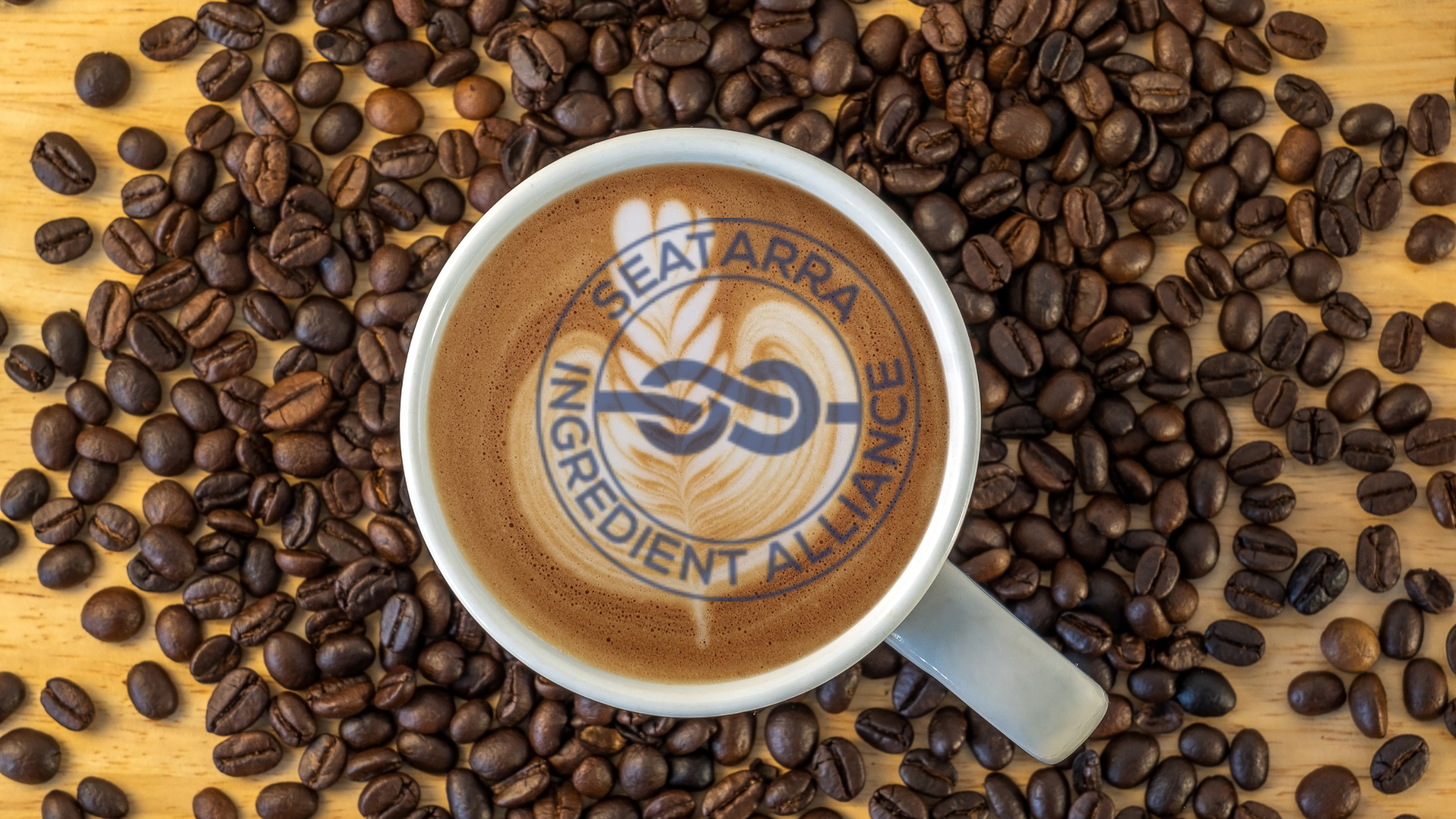
Caffeine: The World’s Favorite Stimulant and Its Multifaceted Impacts
Introduction:
For countless individuals worldwide, the day begins with a familiar ritual—a warm cup containing the world’s most consumed psychoactive substance: caffeine. This beloved compound, celebrated and sometimes debated, holds a revered spot in our daily routines. Dive deep into the heart of caffeine, tracing its ancient roots, global influence, benefits, and its flip side.
Historical Backdrop: Awakening Civilizations
Every sip of a caffeinated drink connects us to ancient civilizations. From Chinese emperors savoring early versions of tea to Ethiopian legends of goats dancing after munching on coffee beans, caffeine’s tale is as rich as the brew it produces.
Sources of Caffeine: Nature’s Own Stimulant
Beyond the steaming mugs of coffee and tea, caffeine thrives in diverse habitats:
- Coffee Beans: Arabica to Robusta, defining our beloved espressos.
- Tea Leaves: Green, black, white, and more, each with distinct caffeine levels.
- Cacao Pods: The birthplace of chocolates and their bittersweet symphony.
- Guarana Berries: A staple in Amazonian tribes, now in global energy drinks.
- Yerba Maté: South America’s green gold, a communal beverage ritual.
The Science of Stimulation: Caffeine’s Mechanism
Caffeine’s prowess is rooted in its molecular structure. It competes with adenosine, a sleep-promoting neurotransmitter, blocking its receptors. This interception prevents feelings of drowsiness, sharpening our alertness.
The Caffeinated Spectrum: Benefits Galore
The daily caffeine fix is more than just a wake-up call:
- Cognitive Clarity: Enhances focus, memory, and mood.
- Endurance Elevation: Popular among athletes for a performance boost.
- Metabolic Magic: Potential aid in weight management and appetite control.
- Mood Modulator: Can alleviate symptoms of depression.
- Disease Deterrent: Emerging studies hint at protection against Alzheimer’s and Parkinson’s.
- Antioxidant Abundance: Scavenges free radicals, promoting cellular health.
The Oversteeped Brew: Side Effects of Excess
Like an overbrewed cup, excessive caffeine can turn bitter:
- Sleepless Nights: Timing is crucial; evening doses can lead to insomnia.
- Nervous Trembles: Characterized by jitters and palpitations.
- Gastric Grumbles: Can incite acidity and stomach discomfort.
- Mood Swings: Overconsumption may lead to anxiety and restlessness.
- Dependence Dilemma: Regular and high intake can make one reliant, with noticeable withdrawal symptoms.
Global Rituals: Caffeine’s Cultural Tapestry
Caffeine is more than a compound; it’s a cultural cornerstone:
- Italian Espresso Élan: Quick, robust shots symbolizing Italian pace and passion.
- English Afternoon Teas: An embodiment of grace and a pause from the daily hustle.
- Middle Eastern Coffee Customs: Deep, unfiltered brews, often paired with intuitive fortune-telling.
- Japan’s Meditative Matcha: A serene ceremony harmonizing Zen principles and powdered green tea.
Debunking Caffeine Myths: Fact Over Fiction
Navigating the world of caffeine requires dispelling myths:
- Caffeine Causes Osteoporosis: While excessive caffeine may slightly reduce calcium absorption, moderate consumption has negligible effects on bone health.
- Decaf Means Caffeine-Free: Decaffeinated doesn’t mean devoid; these beverages still contain traces of caffeine.
- Caffeine Stunts Growth: A longstanding myth with no concrete scientific backing.
Genetic Roulette: The DNA-Caffeine Dance
Our genes dictate our relationship with caffeine. Genetic variations affect its absorption, metabolism, and overall effects, explaining why a single espresso can induce jitters in some and barely register in others.
Innovative Epoch: Caffeine’s Modern Avatars
Beyond beverages, caffeine’s vibrancy resonates in:
- Beauty and Skincare: Employed in eye creams and cellulite treatments, touted for its skin-tightening effects.
- Functional Foods: Caffeinated peanut butter, anyone? Innovative edibles offer unconventional energy boosts.
- Medicinal Marvel: Incorporated in pain relievers, especially for tension headaches and migraines.
Ecology and Ethics: Sustainable Caffeine Consumption
The surge in caffeine demand necessitates sustainable farming. Shade-grown coffee, ethical trade practices, and conservation efforts aim to preserve biodiversity and empower local farming communities.
Conclusion: Caffeine – A Symphony of Science and Socioculture
Caffeine, an intricate molecule, has intertwined its fate with humanity. Its multifaceted nature, as a guardian of wakefulness, a centerpiece of traditions, and its evolving roles, make it an emblem of modern society’s dynamic spirit. Whether it’s the comforting embrace of a morning brew or a topical skin elixir, caffeine remains an integral part of our global narrative.



